Related Research Articles

Gilbert Arthur à Beckett was an English writer.
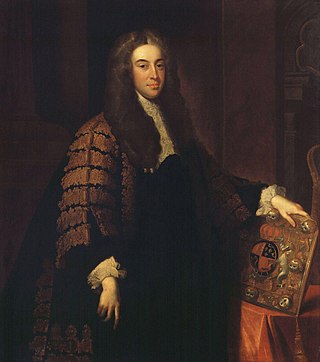
Charles Talbot, 1st Baron Talbot, was a British lawyer and politician. He was Lord High Chancellor of Great Britain from 1733 to 1737.

Lucy Walter, also known as Lucy Barlow, was the first mistress of King Charles II of England and mother of James, Duke of Monmouth. During the Exclusion Crisis, a Protestant faction wanted to make her son heir to the throne, fuelled by the rumour that the king might have married Lucy, a claim which he denied.

Sir Joshua Jebb, was a British officer of the Royal Engineers who participated in the Battle of Plattsburgh on Lake Champlain during the War of 1812, He became Surveyor-General of convict prisons. By 1850, Pentonville Prison which he had designed had become a template for prison construction across the British Empire. Michael Ignatieff described Pentonville as "the culmination of a history of efforts to devise a perfectly rational and reformative mode of imprisonment".

John Manners, 8th Earl of Rutland, was an English politician who sat in the House of Commons from 1640 until 1641 when he inherited the title Earl of Rutland on the death of his second cousin George Manners, 7th Earl of Rutland.

Thomas Francis Fremantle, 1st Baron Cottesloe, 2nd Baron Fremantle,, known as Sir Thomas Fremantle, Bt, between 1821 and 1874, was a British Tory politician.
Thomas Pelham Dale (1821–1892) was an English Anglo-Catholic ritualist priest, most notable for being prosecuted and imprisoned for ritualist practices.
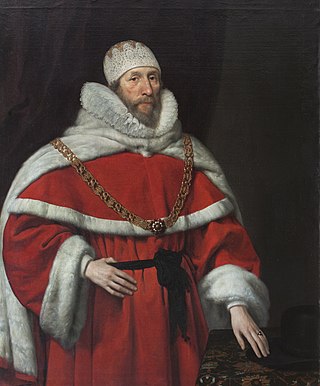
Sir Henry Hobart, 1st Baronet, of Blickling Hall, was an English politician who succeeded Sir Edward Coke to become Chief Justice of the Court of Common Pleas.
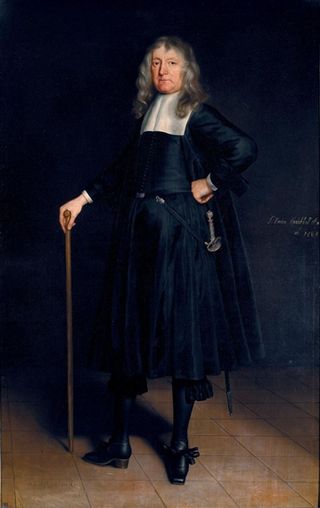
Sir Norton Knatchbull, 1st Baronet was an English politician who sat in the House of Commons at various times between 1640 and 1679.
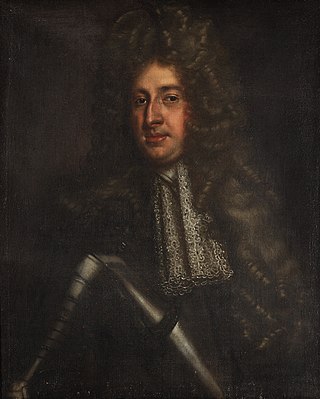
William Herbert, 2nd Marquess of Powis DL was an English peer and Jacobite supporter.
Thomas Noel was an English poet.

Sir Justinian Isham, 2nd Baronet was an English scholar and royalist politician. He was also a Member of Parliament and an early member of the Royal Society.
Sir John Bramston, the younger, was an English lawyer and politician who sat in the House of Commons from 1660 to 1679. The son of Sir John Bramston, the elder and his first wife Bridget Moundeford, daughter of Thomas Moundeford, he was educated at Wadham College, Oxford, and called to bar at Middle Temple in 1635. In 1660 he was elected to the Convention Parliament for the county of Essex and again in the Cavalier Parliament of 1661. He frequently acted as chairman of committees of the whole House of Commons of England and was returned to parliament for Maldon in 1679 and 1685. He left an autobiography.
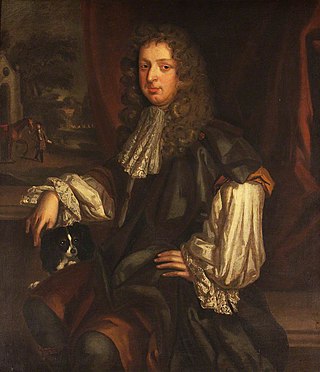
John Lovelace, 2nd Baron Lovelace was a British peer and Royal servant.
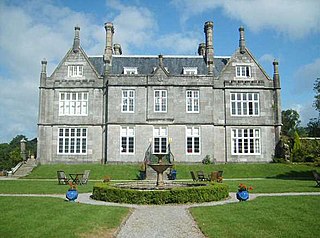
George Stanley Repton (1786–1858) was an English architect.

James Grahme or Graham (1649–1730) was an English army officer, courtier, politician who sat in the English and British House of Commons between 1685 and 1727. After the Glorious Revolution he was involved for ten years in Jacobite schemes and plots.

Sir Thomas Lombe was an English merchant and developer of machinery for silk throwing.
Paul Panton was a Welsh barrister and antiquarian. He was known also as a reforming farmer and collector, as well as for his knowledge of Welsh history.
Thomas Odell was an English playwright, and for a short time producer of plays at a theatre he erected, Goodman's Fields Theatre.
Thomas Panton was an English racehorse owner.
References
- 1 2 3 4 5 6 Seccombe, Thomas (1895). . In Lee, Sidney (ed.). Dictionary of National Biography . Vol. 43. London: Smith, Elder & Co. p. 185.
- ↑ "Panton, Thomas". Oxford Dictionary of National Biography (online ed.). Oxford University Press. doi:10.1093/ref:odnb/21237.(Subscription or UK public library membership required.)
Attribution
 This article incorporates text from a publication now in the public domain : Seccombe, Thomas (1895). "Panton, Thomas (d.1685)". In Lee, Sidney (ed.). Dictionary of National Biography . Vol. 43. London: Smith, Elder & Co. p. 185.
This article incorporates text from a publication now in the public domain : Seccombe, Thomas (1895). "Panton, Thomas (d.1685)". In Lee, Sidney (ed.). Dictionary of National Biography . Vol. 43. London: Smith, Elder & Co. p. 185.